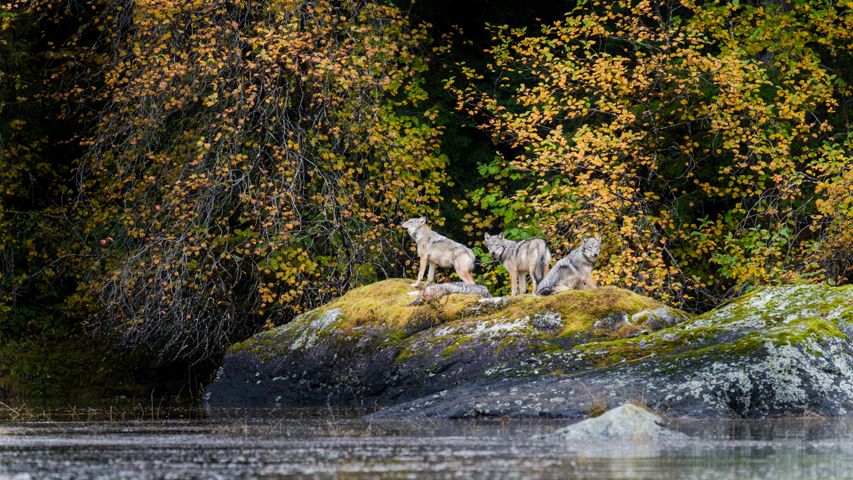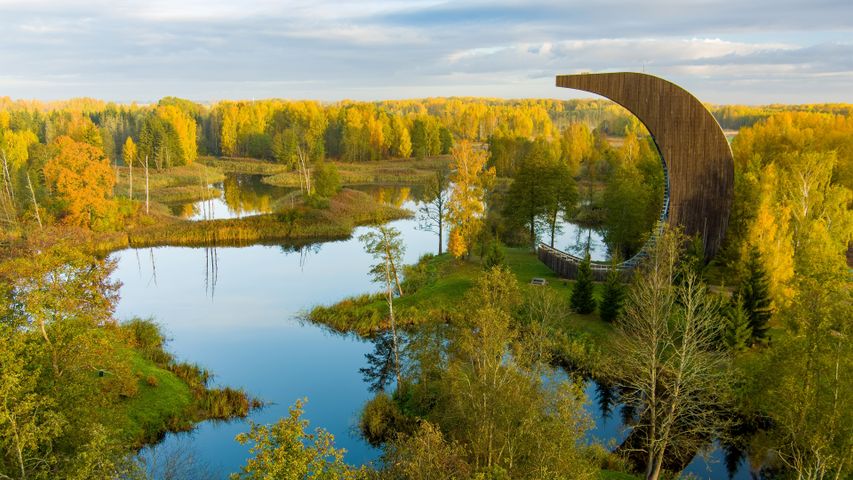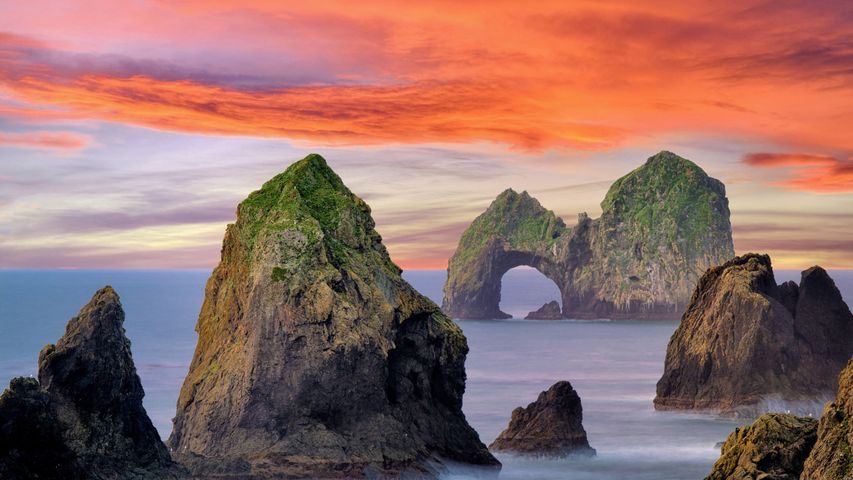Bison in Grand Teton National Park, Wyoming
© Brian Evans/Getty Image
National Bison Day
If ever there was an animal that deserved some recognition, it's the bison. Since 2012, National Bison Day has been observed on the first Saturday of November to acknowledge the animal's cultural, historical, and economic significance—as well as its remarkable comeback. Bison were once plentiful in North America. Tens of millions strong until the mid-1800s, they roamed in great herds, helping to diversify and maintain the prairie habitat. They've also played several important roles in Native American cultures. Indigenous peoples have used every part of the bison for food, utensils, and clothing—and they pay tribute to the giant beasts in religious rituals.
Settlement of the American West caused habitat loss for the bison and that, combined with overhunting, had nearly wiped out the species altogether by 1900. In an effort to save the bison, the American Bison Society formed in 1905 at New York City’s Bronx Zoo—President Theodore Roosevelt was named the organization’s honorary president. The group’s goal was to create wild bison reserves in the American West, but they used the Bronx Zoo to propagate a seed stock of animals to revive the population. Beginning in 1907, the zoo shipped small herds of bison to the first three of the wildlife refuges: the Wichita National Forest and Game Preserve in Oklahoma, Wind Cave National Park in South Dakota, and the National Bison Range in Montana. Fast-forward to today, and more than 20,000 bison roam on public lands in the United States.
Related Images
Bing Today Images
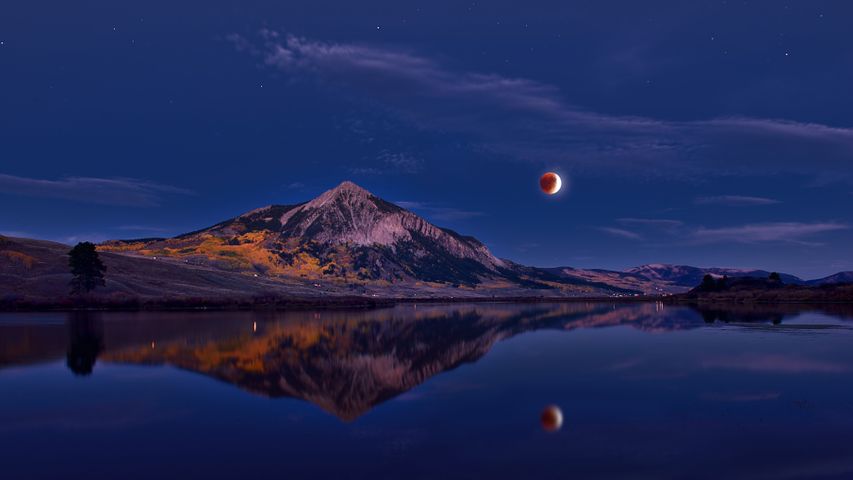
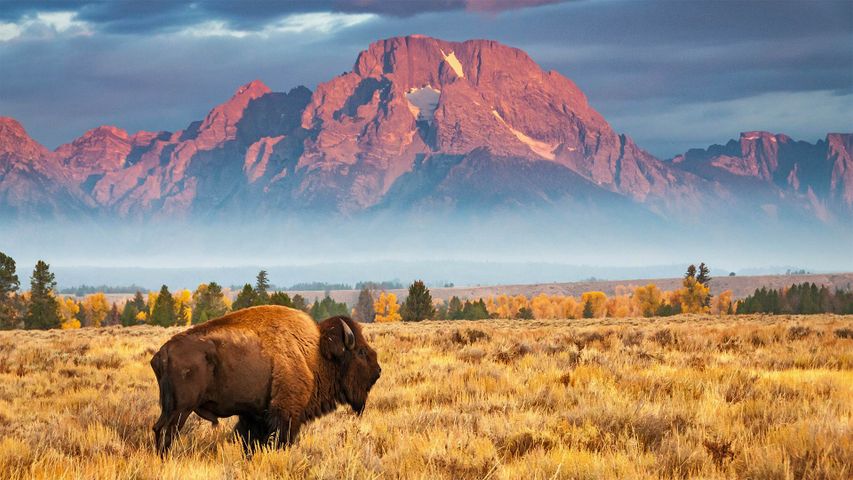
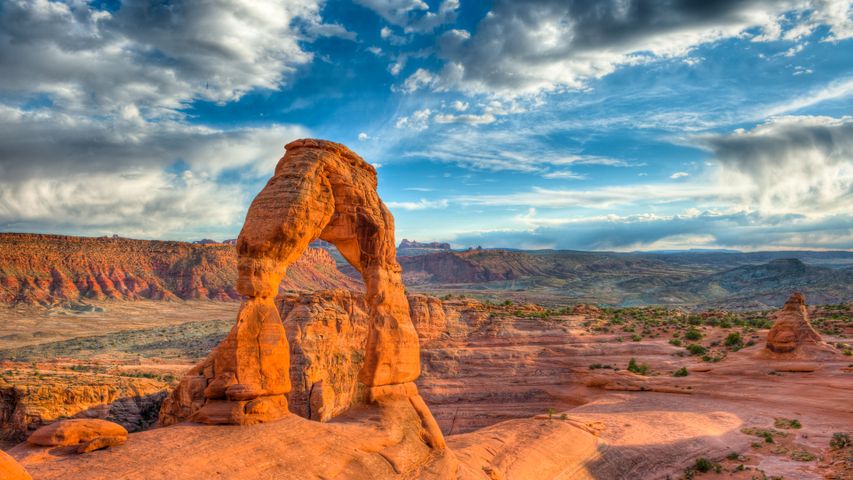 Delicate Arch, Arches National Park, Utah
Delicate Arch, Arches National Park, Utah
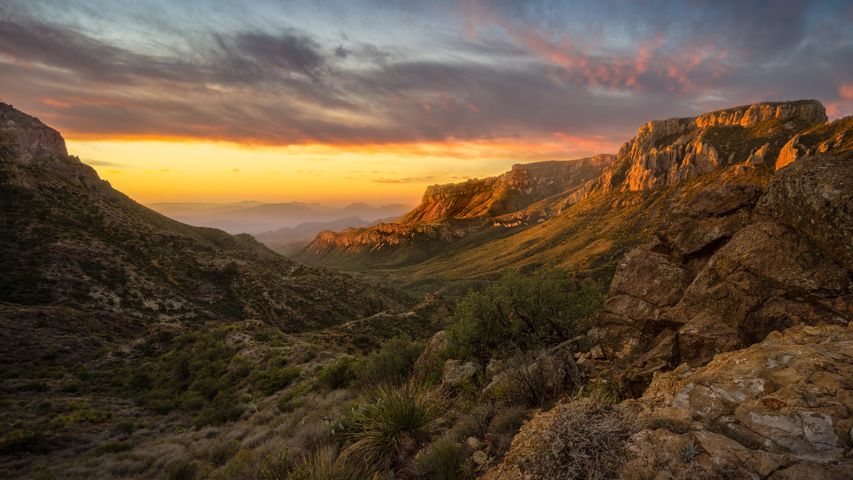 Chisos Mountains, Big Bend National Park, Texas
Chisos Mountains, Big Bend National Park, Texas
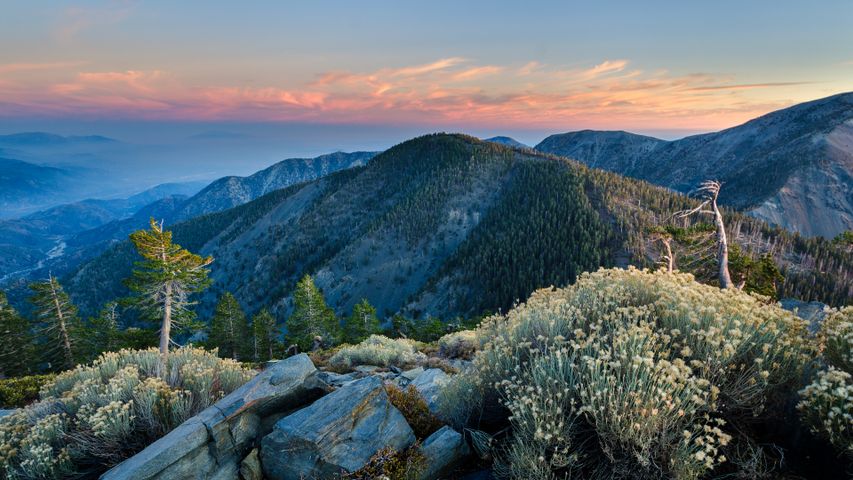 Summit of Pine Mountain, Angeles National Forest, California
Summit of Pine Mountain, Angeles National Forest, California
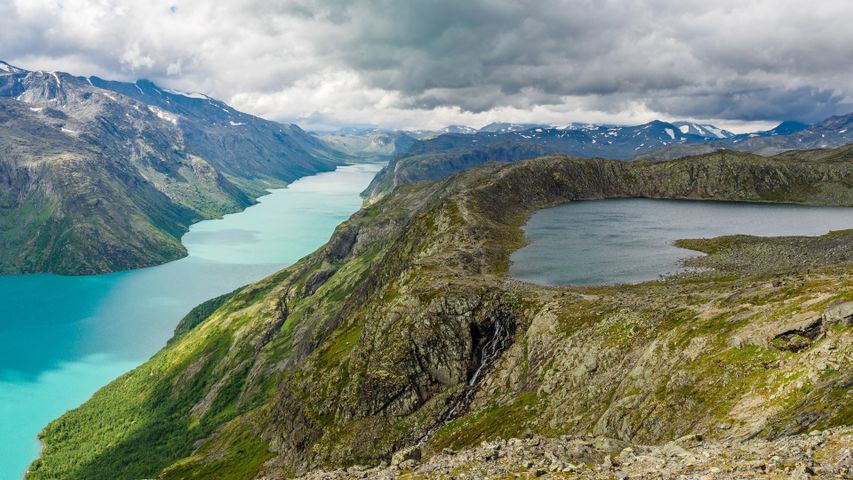 Jotunheimen National Park in Norway
Jotunheimen National Park in Norway
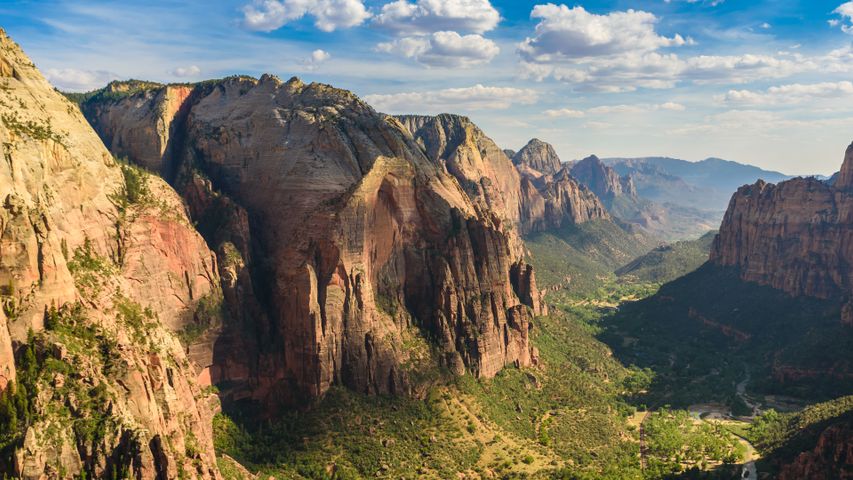 Zion National Park, Utah
Zion National Park, Utah
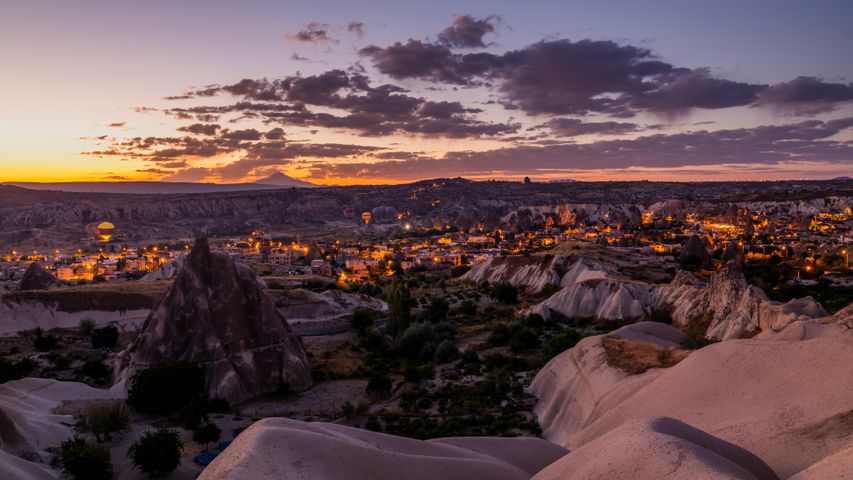 Hot air balloons over Göreme Historical National Park in Cappadocia, Türkiye
Hot air balloons over Göreme Historical National Park in Cappadocia, Türkiye
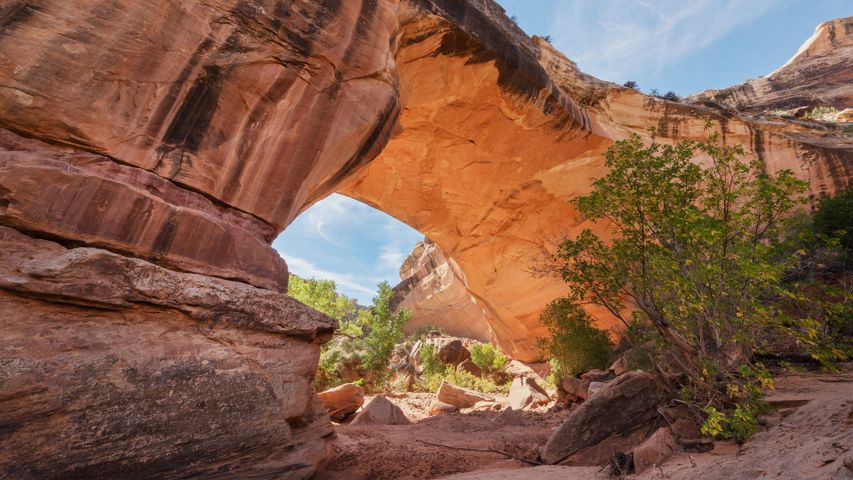 Kachina Bridge, Natural Bridges National Monument, Utah
Kachina Bridge, Natural Bridges National Monument, Utah
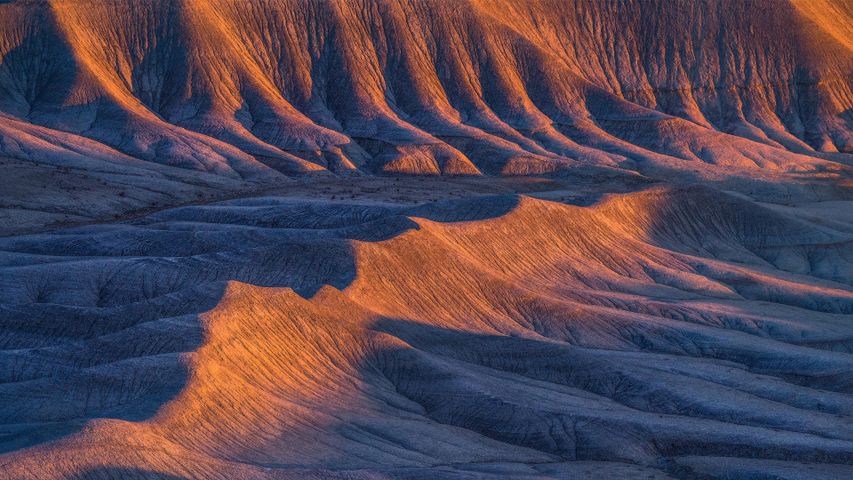 Sandstone formations in the badlands near Caineville, Utah
Sandstone formations in the badlands near Caineville, Utah
